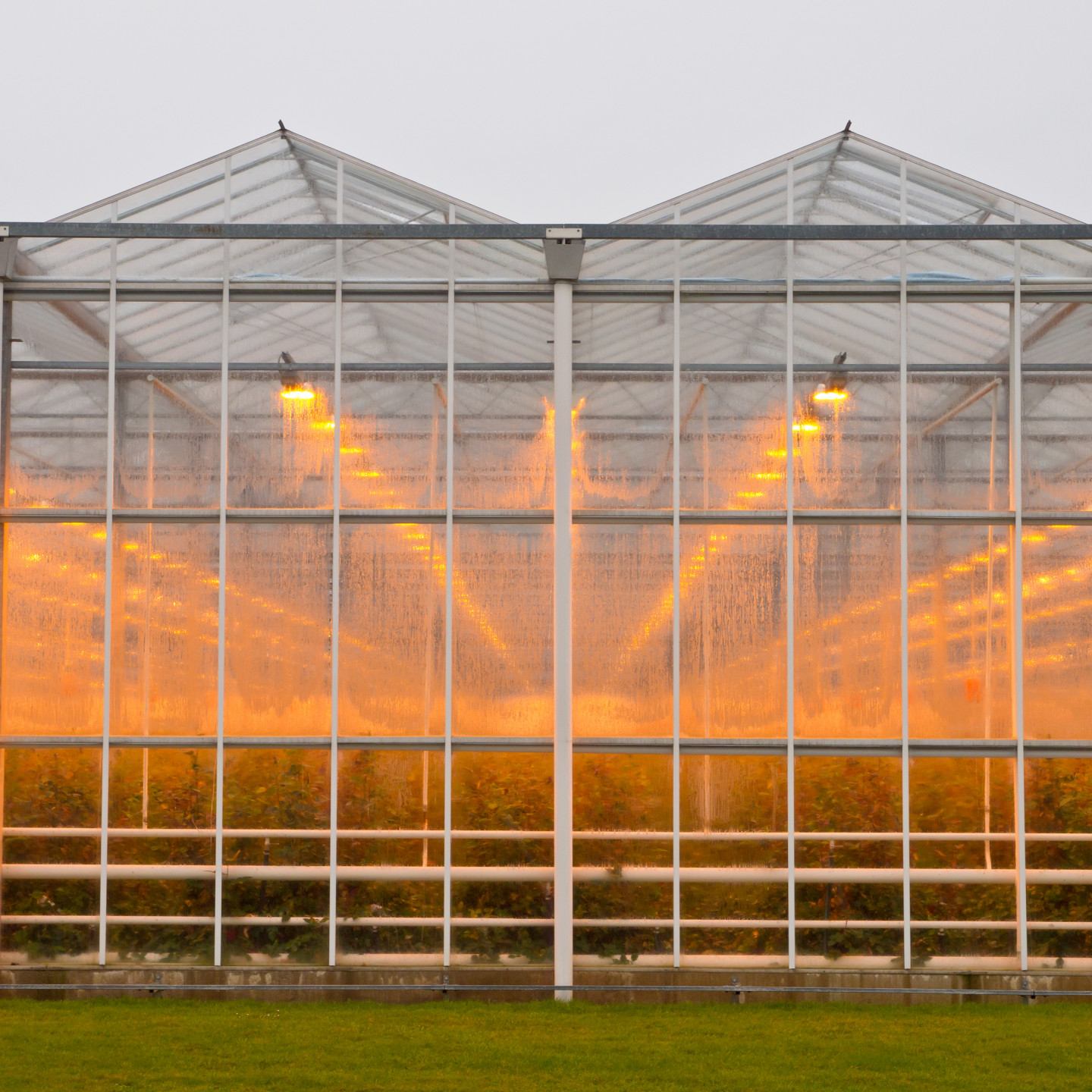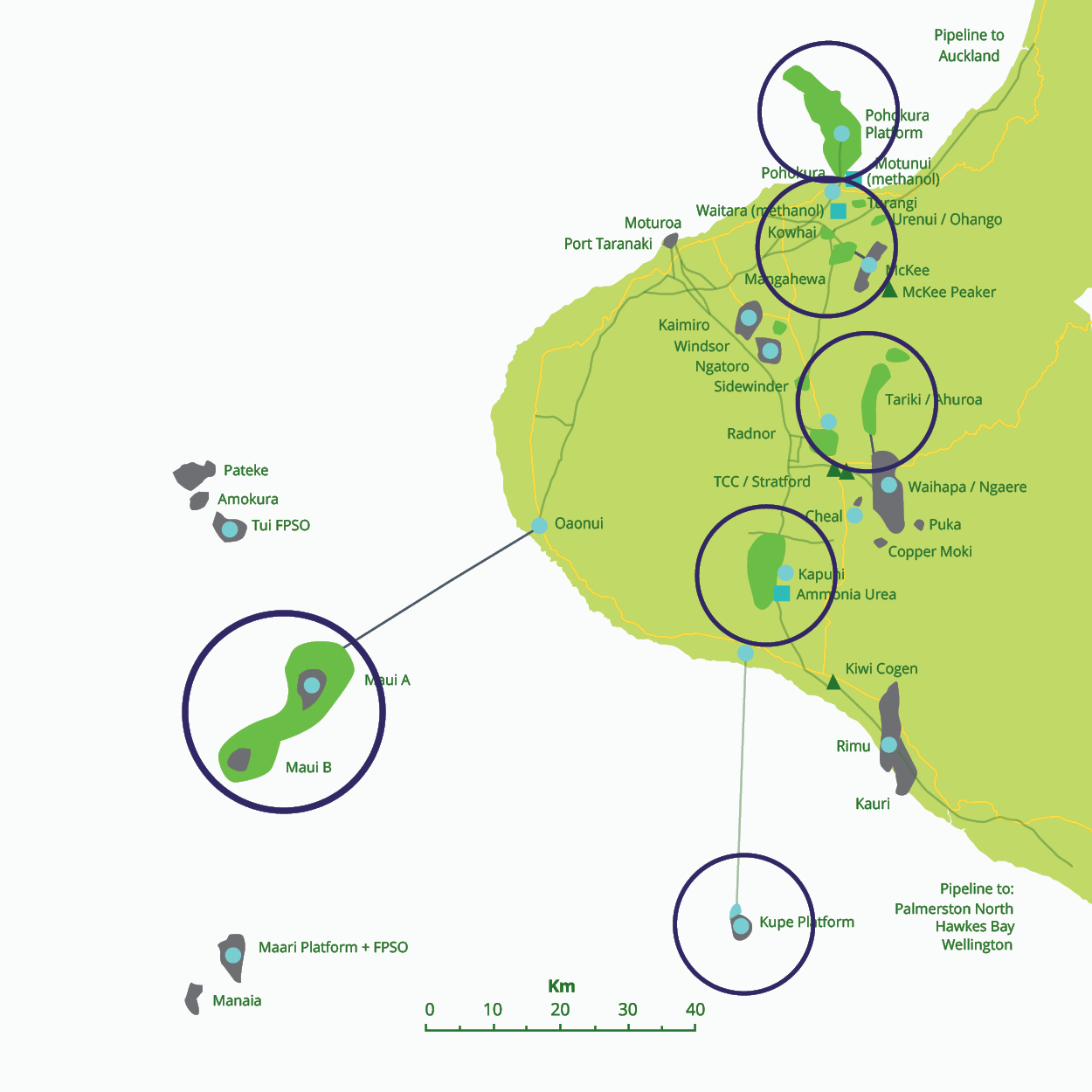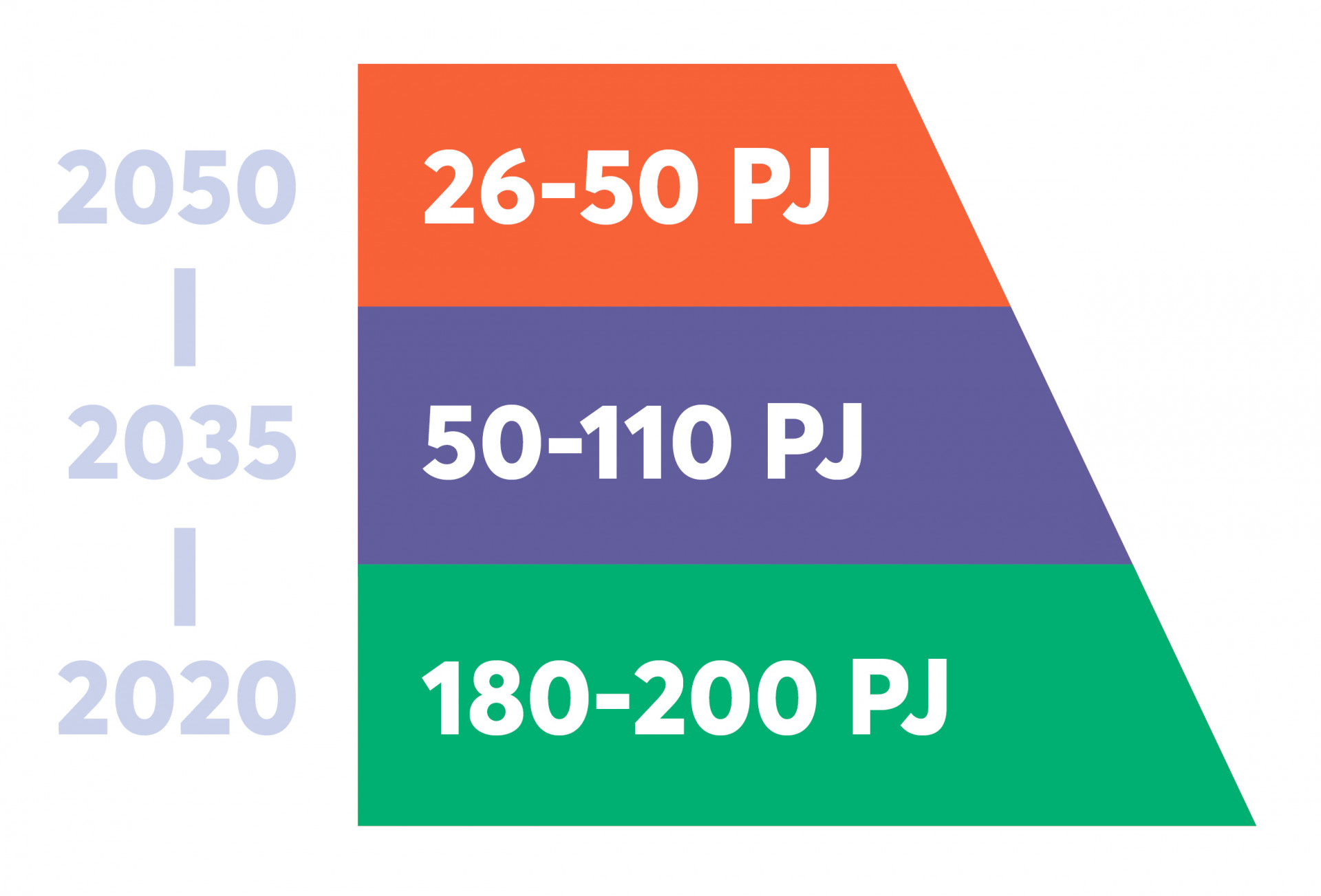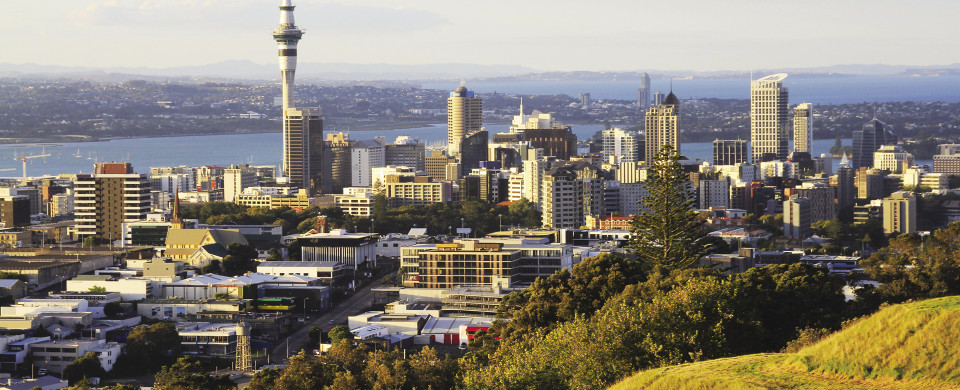Natural gas makes a substantial contribution to New Zealand’s energy supplies, providing energy security and supporting the New Zealand economy in a way that helps to achieve the country’s environmental sustainability goals.
Who uses our gas?

New Zealand produces up to 500 terajoules of energy from gas each day. That’s about 180PJ a year. About a third of gas is used to generate or co-generate electricity. The other two thirds is used primarily by large industrial and commercial gas customers around the country.
In recommending gas governance arrangements, Gas Industry Co’s principal objective is to ensure that gas is delivered to existing and new customers in a safe, efficient, fair, reliable and environmentally sustainable manner.
300 large industrial gas customers
- The biggest use of gas in New Zealand is to make petrochemicals.
- 95% of methanol is exported to Asia Pacific. It earns $835m for New Zealand
- Ballance fertiliser, used on many Kiwi farms, is usually made from New Zealand gas.
- Steel manufacture at Glenbrook
- Wood processors use gas to achieve high temperatures
- Dairy plants like Te Rapa depend on gas
5000 large commercial gas customers
- Gas is used in activities such as space heating and hot water for hotels, often in remote locations or buildings where the footprint fo electric hot water is unsuitable
- Natural gas is used to help ripen vegetables in greenhouses
11,000 small commercial businesses
- Precise temperature control is often needed in high value export products, such as chocolate or Central Otago pinot
- Most restaurants use gas to cook
290,000 residential customers
- About 4% of gas is used for cooking, showers and heating homes.
- Gas is indispensable for some cuisines, like wok cooking.
The advantages of gas

Gas is most often used in industry when alternative energy can’t produce high temperatures as economically.
The cost of a unit of energy from electricty for industry averages more than six time the equivalent cost of gas*
The highest value use of gas tends to be to support electricity when renewable sources can’t supply enough energy for New Zealand’s needs. Then, short term prices for gas tend to rise to the level set by electricity markets.
*Modelling for Gas Industry Co by Sapere, dividing total energy usage by the total cost of supply including distribution, transmission, and marketing, but excluding carbon costs.
The gas flow
Most gas is sold under long-term contracts.
Gas fields are usually only developed when upstream producers can secure long term contracts to sell the gas they expect to produce.
Gas spot markets are mainly used to buy and sell gas for pipeline balancing.

Gas - origins

Natural gas has been produced commercially in New Zealand since 1959. Before then all gas sold in New Zealand came from coal.
- There are six main natural gas fields in New Zealand.
- Three are offshore: Pokohura, Maui and Kupe.
- Three large onshore fields: Mangahewa, Turangi and Kapuni.
- Another twelve smaller onshore fields also produce gas.
- All gas produced in New Zealand comes from Taranaki.
- Gas is also held in storage at Ahuroa. It can store up to about 18PJ of gas.
Gas in transition
Gas is in transition, but some gas will be used in a 2050 net zero economy.
About 50-110 PJ of gas will be used in 2035 and 26-50 PJ in 2050 for some petrochemical, industrial, commercial, agricultural and residential use.
This is consistent with the Climate Change Commission emissions reduction pathway.

